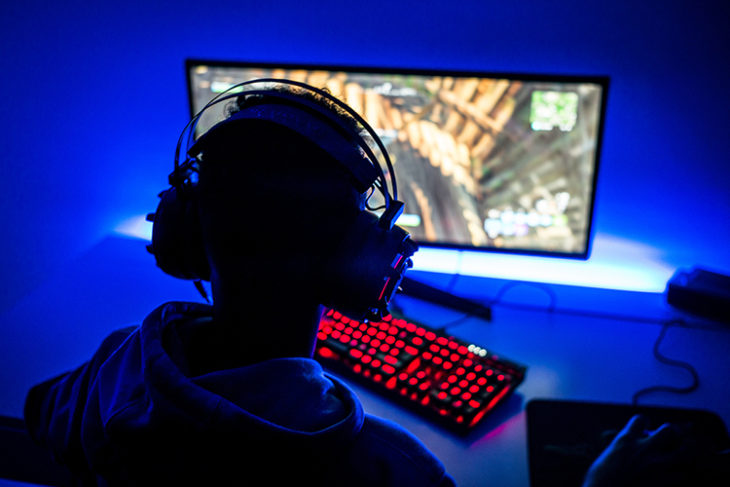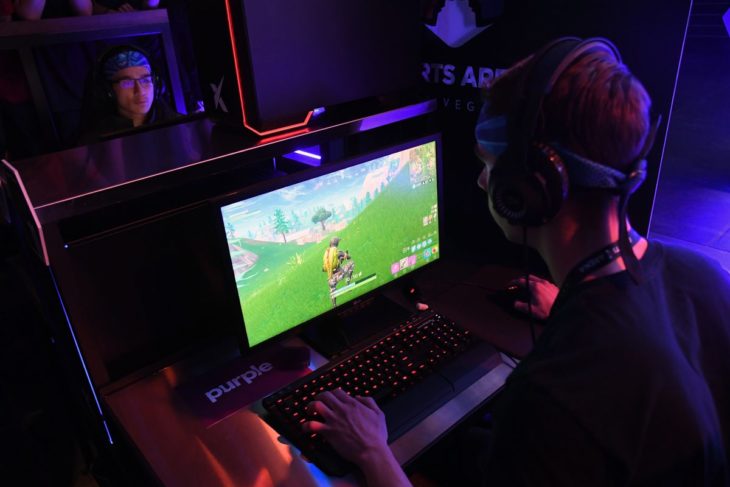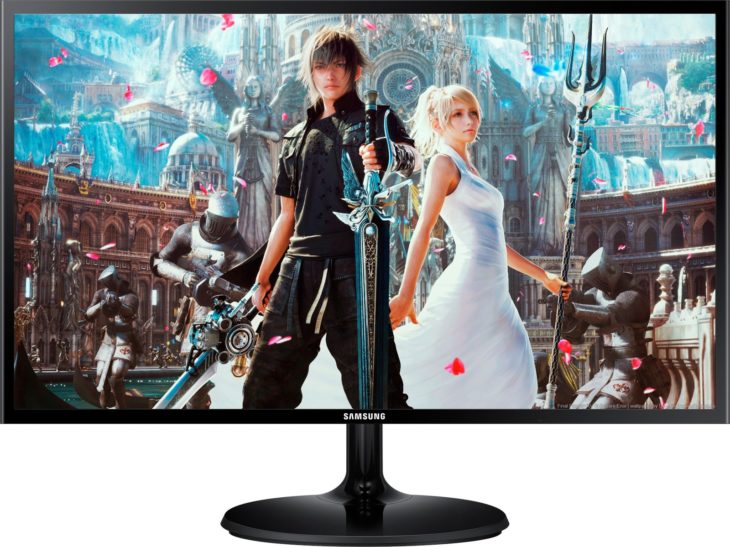Nowadays, gaming monitors are getting more and more specialized with features that make any gaming session incredibly enjoyable. A monitor is a piece of hardware that displays the picture, and we cannot use a computer without it. When it comes to gaming, a monitor can make or break your experience. And while PC gamers are well aware of this, the current prices for high-end gaming monitors are through the roof, meaning that not every gamer has the luxury of playing on a 144Hz monitor.
In this article, we are going to touch on the most important features and specs when it comes to buying a gaming monitor, so stick around as this article might prove useful.

Source: ACI Worldwide
Resolution
Resolution is the thing that tells you how many pixels your monitor has in length and width. Currently, buying anything below 1920×1080, also known as 1080p/Full HD, is considered a terrible piece of business. This resolution should be your minimum requirement when it comes to this factor. You can always go bigger with a QHD or 4K monitor.
Size
Size is also important when it comes to buying a gaming monitor. The size directly translates into pixel density, and pixel density will have a huge impact on your gaming sessions. Hitting the sweet spot is quite easy, depending on what you’re looking for. But a general rule of thumb would be to purchase eighter a 24’or 27’ monitor for gaming purposes. If you want to go to the extremes, a 32’ 4K gaming monitor is every gamer’s wet dream, although it will cost you upwards of $1000.

Source: The Verge
Refresh Rate
The bigger the refresh rate the better the experience. The refresh rate is measured into hertz (Hz) and it is the number of times your monitor refreshes with new information per second. Most monitors are 75Hz, meaning that the monitor refreshes 75 times per second. However, that’s far from ideal. The bigger the number, the smoother and less choppy the image will be. This is very important when it comes to gaming, as a high refresh rate monitor can sometimes win you games. So, if you’re a gamer, a monitor with at least 75Hz is required, but we would advise ongoing for a 144Hz if you have the money. If you’re not purchasing a monitor for gaming, then a plain 60Hz is more than what you need.
Panel Technology
When it comes to panel technologies, TN is considered the fastest but it is also the cheapest due to poor viewing angles. On the other hand, IPS panels have a faster response time and address the shortcomings of TN panels in the form of better coloring. VA panels are your third option and they have the best possible contrast out of all three panels. There is no right choice when it comes to panels, and addressing the pros and cons of each one will take an article of its own. When purchasing a gaming monitor, this is the least important feature to look into, so you shouldn’t focus too much on it.

Source: Mighty Ape
And there you have it. If you are interested in finding some great monitors for gaming, visit https://www.geekwrapped.com/tech/best-cheap-monitors-for-gaming
